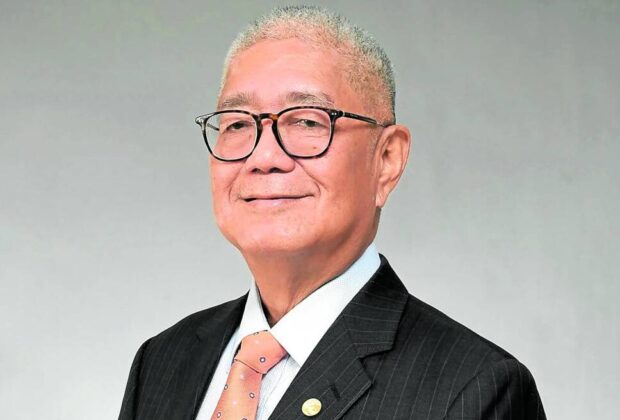Price inflation still way off ’23 target

BSP Gov. Eli Remolona Jr. (Photo from the website of the Bangko Sentral ng Pilipinas)
MANILA, Philippine — Headline inflation possibly eased in October as costlier electricity bills and jeepney fares were offset by lower prices of key food items, including rice, the Bangko Sentral ng Pilipinas (BSP) said.
In a statement released Tuesday night, the central bank said consumer price growth may have settled between 5.1 to 5.9 percent last month at the start of the usually intensified spending for the Christmas season.
At the same time, local oil companies announced an increase of P0.45 per kilogram in the price of cooking gas, translating to an increase of P4.95 per 11-kilo tank.
In an advisory, Petron Corp. said the price adjustment in liquefied petroleum gas (LPG) was effective on Wednesday, Nov. 1. The price of Solane-branded LPG likewise increased by the same amount.
“This reflects the international contract price of LPG for the month of November,” Petron said.
Article continues after this advertisementThis marks the fourth consecutive month that local oil firms have implemented price increases for LPG. Last month, the price of an 11-kilo cylinder rose by P41.25.
Article continues after this advertisementData from the Department of Energy show that prevailing retail prices of cooking gas in Metro Manila ranged from P882 to P1,054 per tank in October.
The central bank explained that upward price pressures last month came from higher power rates, more expensive cooking gas, fruits, and fish, as well as the recent P1 jeepney fare hike nationwide.
But these increases were cushioned by lower prices of key food items, with rice posting a slower price growth in October after being the main culprit to the resurgent inflation back in September.
However, slower inflation in October was not enough to lower average annual inflation, which is expected to remain well above the target range of 2 to 4 percent for 2023. The government will release the October inflation data on Nov. 7.
READ: Inflation: Behind the numbers are real people struggling to make ends meet
‘Might go down’
BSP Gov. Eli Remolona Jr. conceded that monetary authorities may miss their 2 to 4 percent annual inflation target this year and next.
Inflation might go down in the coming months and may even return to target “briefly,” he said, but “not as much as we used to expect.”
Remolona said the BSP’s policymaking Monetary Board would look into emerging data—including the third quarter gross domestic product figure to be released on Nov. 9—before deciding on interest rates.
The BSP policy rates have a more direct impact on personal and household borrowing, like credit cards and car loans, as well as the cost of living in a particular area.
But Leonardo Lanzona, an economist at Ateneo de Manila University, believes that while “there is a lot of pressure” for the BSP to pause interest hikes, monetary authorities “would likely buck such pressures” even if the October inflation data would come out better.
“While 5.9 percent is indeed lower than 6.1 percent inflation, this decline is not enough to quell further inflationary expectations,” Lanzona said.
“Moreover, this small decrease is very likely an adjustment created by the huge wet season harvest of rice, which is transitory in nature. I don’t think the BSP will find this figure convincing enough to pause the interest rate.”